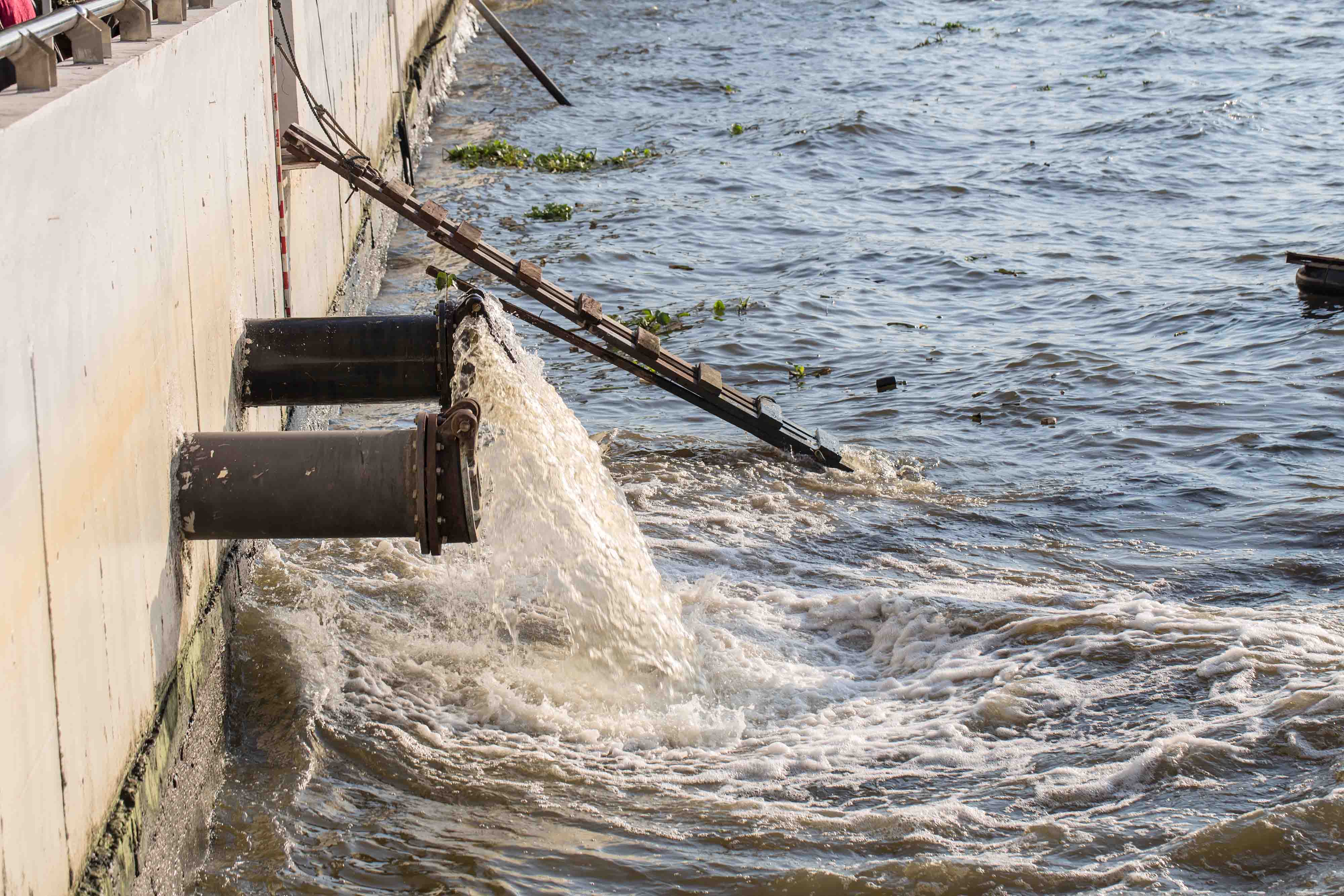Ductile Iron Pipes Cathodic Protection: Quick Look at Practical Methods
2025-05-27 15:50:10 hits:0
Introduction
Ductile iron pipes are widely used in many engineering fields such as water supply, drainage and gas transportation due to their high strength, high toughness and good corrosion resistance. However, even though they have certain anti - corrosion ability, they will still inevitably corrode under complex environmental conditions such as soil and water quality. As an effective anti - corrosion method, cathodic protection is of great significance for prolonging the service life of ductile iron pipes and ensuring the stable operation of engineering systems.

Corrosion principle of ductile iron pipes
The corrosion of ductile iron pipes is essentially an electrochemical process. When ductile iron pipes are in an electrolyte environment (such as moist soil, water containing various ions, etc.), due to the non - uniformity of the composition of the cast iron itself and differences in environmental factors, numerous tiny primary batteries will form on the surface of the pipes. In these primary batteries, iron, as the anode, undergoes an oxidation reaction, losing electrons and turning into ferrous ions that enter the solution, i.e., \(Fe \to Fe^{2 + } + 2e^ -\). In the cathode area, usually, oxygen dissolved in water or other oxidizing substances gain electrons and undergo a reduction reaction. For example, in a neutral or weakly acidic environment, oxygen gains electrons to form hydroxide ions: \(O_2 + 2H_2O + 4e^ - \to 4OH^ -\). As this process continues, the iron is continuously corroded, resulting in a reduction in the wall thickness of the pipe, ultimately affecting the safety and service life of the pipe. Cited from the research on the corrosion mechanism of metal pipes in the journal "Corrosion Science and Protection Technology".Principle of cathodic protection
The core principle of cathodic protection is to reduce the potential of the surface of ductile iron pipes through external means, thereby suppressing the tendency of the pipes to undergo an oxidation reaction as an anode. Specifically, it is to provide sufficient electrons to the protected ductile iron pipes, increasing the electron density on their surface. In this way, the areas that were originally anodes are difficult to lose electrons, thus slowing down or preventing corrosion. According to the different ways of providing electrons, cathodic protection is mainly divided into two methods: sacrificial anode cathodic protection and impressed current cathodic protection. Refer to the elaboration on the principle of cathodic protection in the magazine "Materials Protection".Practical cathodic protection methods
Sacrificial anode method
The sacrificial anode method uses metals or alloys with a more negative potential than iron as anodes and connects them to ductile iron pipes to form a primary battery. In this primary battery, the anode material preferentially undergoes an oxidation reaction, continuously dissolves and releases electrons, providing electrons for the ductile iron pipes and making them cathodes to be protected. Commonly used sacrificial anode materials include magnesium alloys, aluminum alloys and zinc alloys. For example, magnesium alloy anodes have a relatively negative electrode potential and can provide a strong protection current for ductile iron pipes. The installation location of the sacrificial anode is generally determined according to factors such as the laying environment of the pipeline and soil resistivity, and it is usually installed near the pipeline at certain intervals. During installation, it is necessary to ensure good electrical connection between the anode and the pipeline, and the soil environment around the anode should maintain a certain degree of humidity and air permeability to ensure that the anode can work continuously and effectively. Cited from relevant cathodic protection engineering manuals.Impressed current method
The impressed current cathodic protection system mainly consists of a DC power supply, an auxiliary anode, a reference electrode and the protected ductile iron pipes. The DC power supply provides an external current, which is introduced into the electrolyte environment through the auxiliary anode, causing the current to flow from the auxiliary anode to the ductile iron pipes, so that the surface of the ductile iron pipes can obtain sufficient electrons and become cathodes. The reference electrode is used to measure the potential of the ductile iron pipes, so as to adjust the output current of the DC power supply and ensure that the ductile iron pipes are always within an appropriate protection potential range. The auxiliary anode usually uses materials such as high - silicon cast iron and graphite, which have good electrical conductivity and corrosion resistance and can stably provide current to the pipeline for a long time. In practical applications, the power of the DC power supply and the number and distribution of auxiliary anodes need to be reasonably selected according to parameters such as the length and diameter of the pipeline and soil resistivity. Refer to relevant cathodic protection technical specifications.Comparison and selection of methods
The sacrificial anode method has advantages such as simple installation, no need for an external power source, and little interference to adjacent metal structures, and is suitable for some small - scale pipeline systems or areas with low soil resistivity. However, its protection current is relatively small, and the anode material needs to be replaced regularly after consumption. The impressed current method can provide a large protection current and is suitable for long - distance, large - diameter pipelines and complex environments with high soil resistivity, but it requires professional power equipment and maintenance personnel, and may cause certain interference to other metal structures around. In actual projects, the most suitable cathodic protection method should be comprehensively considered based on factors such as the specific use environment of the ductile iron pipes, project budget and maintenance requirements. Cited from relevant corrosion and protection engineering case analysis reports.Conclusion
Cathodic protection is crucial for the anti - corrosion of ductile iron pipes in complex environments. By deeply understanding the corrosion principle of ductile iron pipes and the principle of cathodic protection, mastering the two practical cathodic protection methods of the sacrificial anode method and the impressed current method and their advantages and disadvantages, and making a reasonable choice according to the actual situation, the service life of ductile iron pipes can be effectively extended, and the safe and stable operation of various engineering systems can be guaranteed. In future engineering practices, with the continuous development of materials science and electrochemical technology, the cathodic protection technology for ductile iron pipes will also be continuously improved and innovated, providing more reliable protection for infrastructure construction.
If you are looking for a reliable supplier of ductile iron pipes, please feel free to contact us at any time. You can fill in the relevant information by visiting our [Contact Us page] , or directly add WeChat 17354165223. Our professional team will be dedicated to serving you. We look forward to working with you to jointly solve the anti-corrosion problem of ductile iron pipes and ensure the smooth progress of your project.

 en
en  fra
fra  de
de  ru
ru  ara
ara  gle
gle  it
it  jp
jp  kor
kor  th
th  zh
zh 


